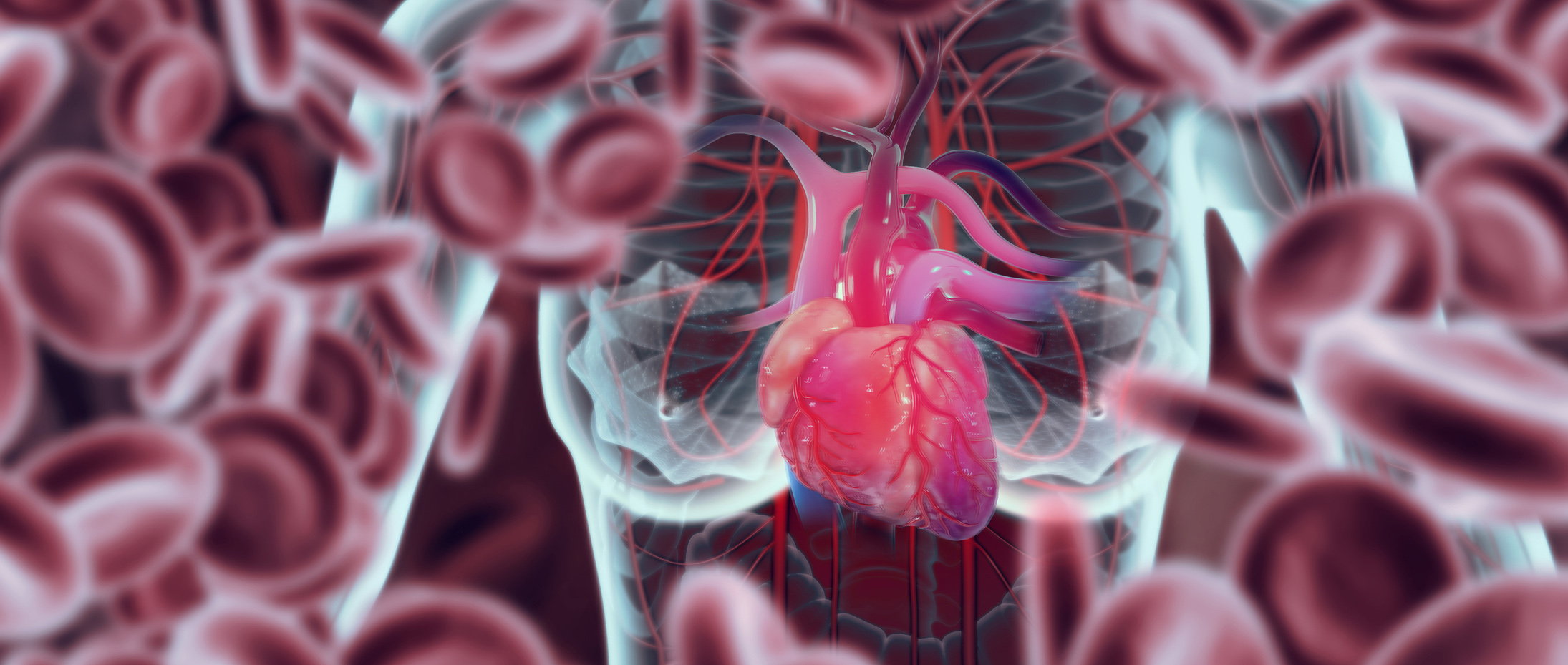Cardiovascular disease is the leading cause of death worldwide, and accurate cardiac imaging plays a key role in the diagnosis, treatment and prognosis of these diseases. In recent years, artificial intelligence (AI), particularly deep learning, has made great strides in bringing automation and predictive capabilities to cardiac imaging. Although AI holds great potential, it has not yet shown the hoped-for effect on reducing healthcare costs or improving clinical outcomes. This is partly due to methodological, technical and ethical challenges.
(red) Despite the competition between academic and industry players to develop the most powerful AI solution, there is still no evidence from randomized clinical trials showing that AI models have significant superiority over human interpretation. This article explores the existing challenges of integrating AI into cardiac imaging and highlights that AI should currently be considered as “augmented intelligence” – a technology that supports, but does not replace, clinical decision making. It might be time to change the perspective and see AI as a tool to help physicians make the best possible decisions.
The development of AI in cardiac imaging
The automation of time-consuming and repetitive tasks in cardiac imaging is one of the main advantages offered by AI. “Deep learning has proven to be superior to traditional methods as it is able to automatically recognize relevant features in images and use them for diagnostic purposes. One example is the automated segmentation of cardiac images, which is particularly useful for calculating volume and function such as left ventricular ejection fraction (LVEF). Furthermore, when sufficiently trained with data, AI offers fast and accurate processing of new image data and is well suited for generalization to new data sets.
However, AI is often criticized as a “black box”, as the decision-making processes are not always clearly comprehensible. This can affect clinicians’ trust in the technology. To overcome this challenge, researchers have started to develop interpretation mechanisms such as Grad-CAM or Shapley values, which show which image areas are responsible for the AI’s decisions. However, these tools are still in the development phase and have their own limitations. Improving the interpretability of AI models is crucial to promote their acceptance in clinical practice.
Challenges in data quality and diversity
One of the biggest hurdles for the successful application of AI in cardiac imaging is the availability of high-quality and diversified data. AI models, especially deep learning models, require an enormous amount of well-annotated data to provide reliable results. However, such data is often lacking and much of the existing data is not sufficiently diversified, resulting in limited generalizability of AI models. It is important that AI systems are trained on a broad database that takes into account different disease patterns, ethnic groups, age groups and genders. This is the only way to ensure that the models work reliably in clinical practice for a large number of patients.
Data protection regulations such as the General Data Protection Regulation (GDPR) in Europe make collaboration between institutions more difficult and hinder the exchange of data. Approaches such as federated learning, where AI models are trained locally without the data itself being shared, could provide a remedy. This could help to ensure data protection and at the same time use larger data sets for training AI models. Nevertheless, there is a lack of incentives for institutions to enter into such data collaborations, which delays the further development of AI in clinical practice.
The role of AI in different imaging modalities
AI has become established in various imaging modalities in recent years:
Echocardiography: AI has been successfully used to automate volume calculation and functional evaluation. One example is the automatic calculation of LVEF from echocardiography data. Studies have shown that AI is able to deliver comparable results to sonographers, but works faster and more consistently. This opens up new possibilities, particularly in resource-poor regions where there is a shortage of qualified doctors. Another advantage is that AI-based models can also be used in prenatal and pediatric cardiology to diagnose complex congenital heart defects.
Cardiac computed tomography (CT): In CT imaging, AI can significantly improve workflows by performing automated quantifications of cardiac image data, e.g. coronary calcium assessment, which serves as a marker for coronary atherosclerosis and cardiovascular risks. AI is also used in the planning of complex procedures such as transcatheter aortic valve implantation (TAVI) to better assess risks and optimize surgical planning.
Cardiac magnetic resonance imaging (MRI): MRI has benefited the most from AI-based automation, particularly in automatic image segmentation and calculation of LVEF. This has enabled large cohort studies such as the UK Biobank to gain new insights into disease progression and healthy ageing. However, despite these advances, there are few prospective clinical studies demonstrating the benefits of AI in clinical practice.
Nuclear medicine imaging: In nuclear medicine, AI has proven that it is capable of performing automated analyses of large amounts of data to improve the diagnosis of coronary heart disease and the prognosis of cardiovascular events.
Barriers to clinical implementation and regulatory challenges
Despite technological advances, the clinical implementation of AI faces significant hurdles. One of these challenges is that the infrastructure of many healthcare facilities is not prepared for the integration of new AI tools. Many existing systems, such as image archiving systems, are outdated and unable to support the necessary interfaces for seamless integration of AI. This significantly slows down the introduction of AI in clinical practice. There is also a lack of clear reimbursement models for AI-based services in the healthcare sector, which represents a further hurdle to implementation.
The regulatory requirements for AI systems are also complex and time-consuming. Although the US FDA and the European Union have developed initial guidelines for AI-based medical devices, these are struggling to keep pace with the rapid pace of technological development. The differences in regulatory mechanisms between different countries make international cooperation difficult. To overcome these challenges, it is important to simplify regulatory processes and promote the use of AI in medicine through standardized procedures.
Clinical acceptance and human factors
Another critical aspect of the introduction of AI in clinical practice is acceptance by those involved. Patients, doctors and other healthcare providers often have reservations about AI because they see it as a threat or an obstacle. It is therefore necessary to actively involve these target groups in the development process and provide comprehensive training to improve their understanding of how AI works and its benefits. In addition, the integration of AI into clinical processes must be carefully planned to ensure optimal interaction between humans and the system.
A human-in-the-loop approach, where humans remain the final authority in decision-making, can help to increase trust in AI. However, it is important that the models remain comprehensible and transparent to ensure that doctors can understand the AI’s recommendations.
Conclusion and future prospects
AI has the potential to revolutionize cardiac imaging by automating repetitive, time-consuming tasks and increasing efficiency in clinical practice. However, AI should be seen as a complementary tool that supports clinical decisions rather than replacing them. Future developments should focus on integrating AI into clinical decision making to identify more precise disease phenotypes and improve clinical outcomes.
A paradigm shift away from isolated measurements towards multi-parametric analysis could encourage the development of AI tools that enable more accurate diagnosis. If this technology can be integrated into existing workflows, it could lay the foundations for a new era of “augmented intelligence”, where AI can free up doctors to focus on more complex clinical decisions.
Source: Sengupta PP, et al: Challenges for augmenting intelligence in cardiac imaging. The Lancet Digital Health, Volume 6, Issue 10, e739-e748.
CARDIOVASC 2024; 23(3): 41-42












